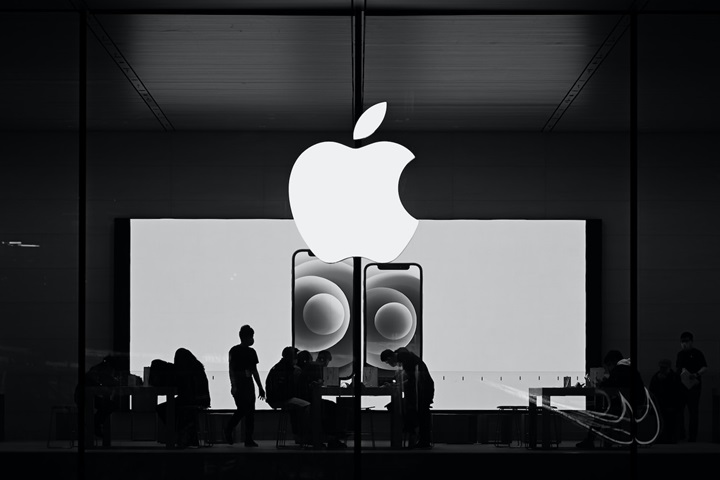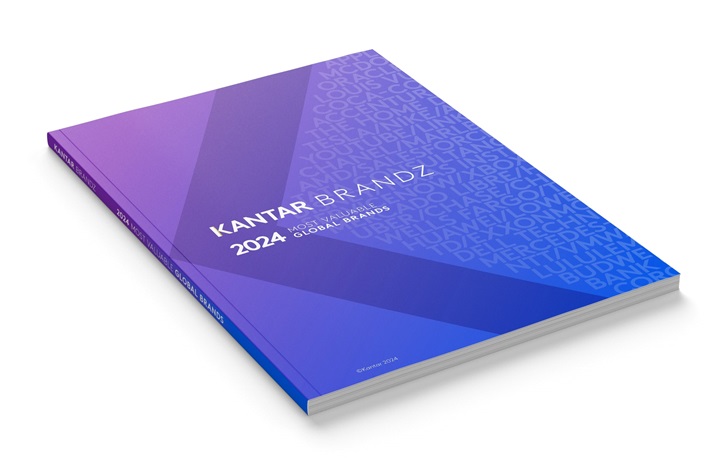Advertising in the automotive category has always been a complex undertaking. But it is now at a turning point, with some governments setting target dates for banning the sales of petrol and diesel vehicles. Electric vehicles are increasing in sales and profile globally, but the rollout of infrastructure – like roadside charging points – lags demand in many markets.
Meanwhile, automotive manufacturers continue to sell petrol or diesel vehicles at a lower price point than electric ones. For these brands, portfolio management and communications are a tricky balance; between the story and the promise of sustainability on the one hand, and the appeal of lower-cost petrol models that still make up a high proportion of sales, on the other.
The automotive market is unique in a few ways. The rate of resale depreciation of car models directly underpins the perceived value, and price, of new vehicles. So, any underlying consumer confidence issue in a brand can cause a sudden decline in second-hand prices, which in turn puts pressure on the price of new vehicles. This has happened recently with Tesla in the UK. The automotive market also has a very long purchase cycle, although this is getting shorter with competitive finance deals on leased vehicles. And unlike many categories, much automotive advertising needs to be firmly brand-building: that is, predicated on building future preference and demand.
To add to this, automotive sales are very sensitive to crises, including COVID-19, but also inflation and recessions. In response to these phenomena, people will deliberately cut back on big ticket purchases. And there are new disruptive business models: car sharing clubs are on the rise in larger cities, as is the introduction of low emission zones.
The appeal of new vehicles is also highly tech led. But they are not always intuitive – intelligent systems and in-car entertainment systems require explanation and demonstration to be fully understood before purchase.
What should brands do?
There’s a lot of complex information to be communicated in automotive advertisements, on top of any brand messages – and all of this needs deftness of handling in the development of creative content. Nevertheless, several clear best practices have emerged from our research.
What can we tell about the market from Kantar’s database of Link ad testing in the automotive category?
Of all the advertising we test in the automotive category, the vehicles themselves make up 82% of products featured; the rest are automotive-related offerings like tyres or fuel.
We’ve researched thousands of automotive ads using our Link ad testing solutions, mostly across TV, digital, print, and outdoor media channels. Unsurprisingly, the automotive category over-indexes on TV (and under-indexes in digital). And there’s a lot of use of print and outdoor (OOH) ads. Since the onset of the COVID-19 pandemic, however, digital ads have increased in this category.
A meta-analysis of our touchpoint strategy solution Connect shows that the top touchpoints for automotive brand strength are: ‘experience’ (for example, test driving, car sharing and car rentals); TV ads; and word of mouth. The latter of these, word of mouth, is a weighty combination of real-life experience; recommendations from friends and family; and image or attribute-based TV advertising.
How do auto ads compare on measures of effective advertising?
Generally speaking, the keys to effective advertising are as follows: being distinctive; being well-branded; conveying meaningful difference; and triggering the right emotions.
Automotive brands, it turns out, are spot-on average for having great advertising. But on average, they also rate slightly higher than other categories on ‘impact’. Emotional connection is slightly above average compared to other categories, too.
Importantly, auto ads tend to be stronger on difference, which also shows that the industry is moving away from some of the obvious creative tropes in automotive advertising, like driving through an oddly empty city at night past mirrored glass buildings.
Regionally, long-term equity is best built in LATAM ads. Ads in North America and Europe are working hard to be more enjoyable. We’ve also found that effective auto ads tend to make greater use of music and humour, and make sure to show off the brand itself early in ads.
What’s also interesting is that auto ads are only half as likely to include characters of diverse skin colours compared to all ads – but higher numbers of effective auto ads tend to feature these characters. Kantar research shows that only 5% of automotive ads contain characters with diverse skin colours (10% of all ads do).
Similarly, female characters are much less likely to appear in automotive ads versus all ads. But again, when they do make an appearance, they can be both impactful and persuasive – particularly when they have strong and independent personalities or are humorous. In fact, only 9% of automotive ads contain women or girls, versus 25% in all ads.
Lastly, we’ve noticed that automotive ads try to pack a lot in: they are highly likely to have three or more messages in a single ad. But this is not necessarily a bad thing, as we’ve also found that auto ads are seen as more creative and effective when they comprise both rational and emotional messages. when these comprise both rational and emotional messages are more creative and effective.
Discover the 2023 ranking of the most valuable global automotive brands and the key factors behind their growth in the latest global report.
For an overarching view of a brand’s performance, Kantar has launched a new, free interactive tool using BrandZ’s wealth of data. BrandSnapshot powered by BrandZ delivers intelligence on 10,000 brands in more than 40 markets, offering a quick read on a brand’s performance in a category.






